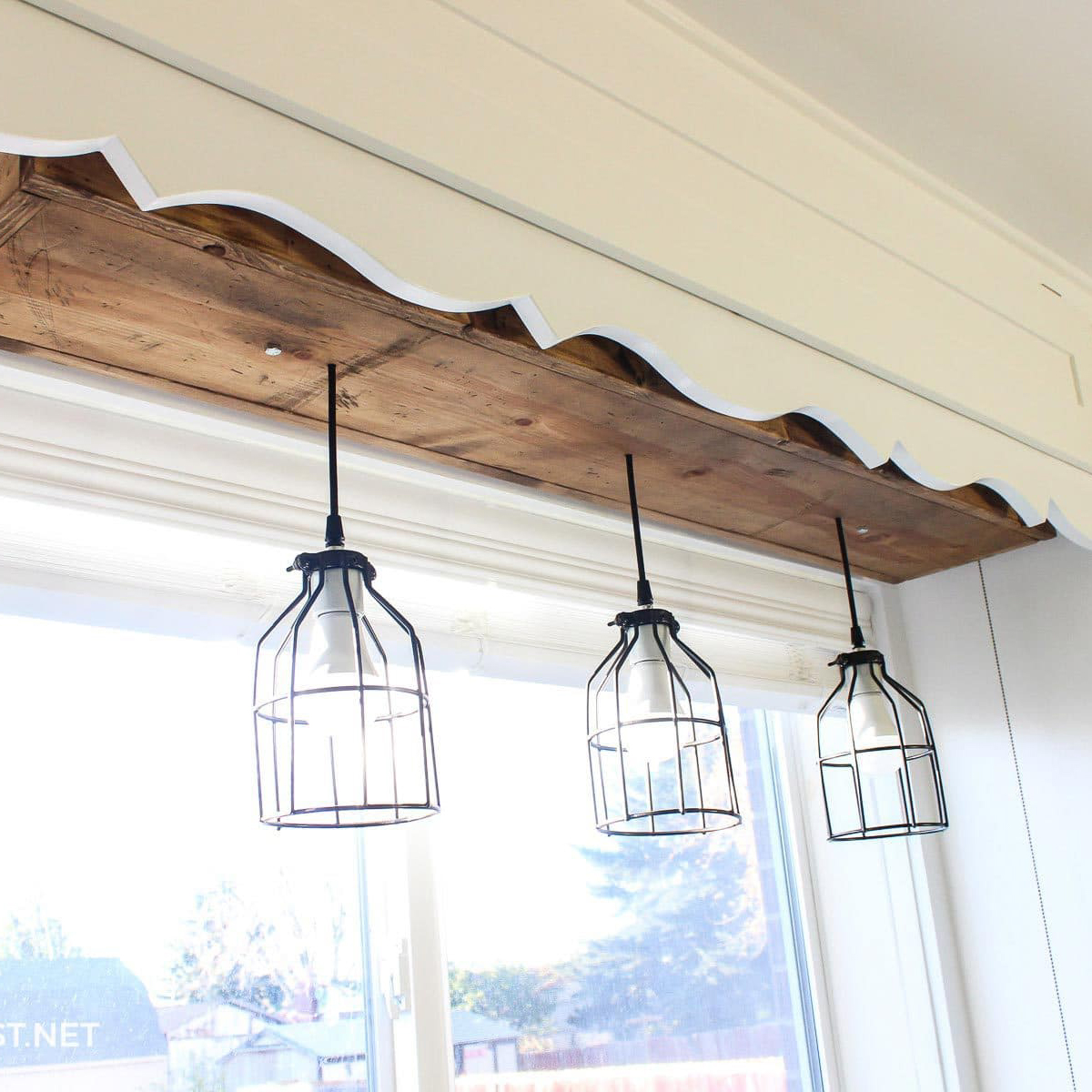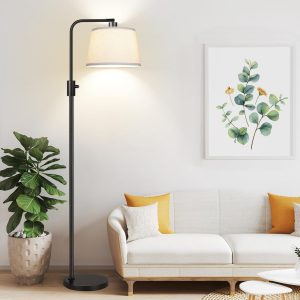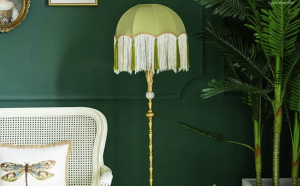
Revamp Your Home Lighting with These Updates
Updating your home lighting is not merely a matter of aesthetics; it can significantly enhance the functionality and comfort of your living space. Over time, lighting fixtures can become outdated, both in style and technology. Older fixtures may not provide adequate illumination, leading to dark corners and an unwelcoming atmosphere.
Furthermore, outdated lighting can contribute to higher energy bills, as older bulbs are often less efficient than modern alternatives. By updating your lighting, you can create a more inviting environment while also improving energy efficiency. Moreover, the psychological impact of lighting should not be underestimated.
Studies have shown that the quality and type of lighting can influence mood, productivity, and even health. For instance, natural light is known to boost serotonin levels, which can enhance mood and overall well-being. Conversely, harsh fluorescent lights can lead to feelings of fatigue and irritability.
By thoughtfully updating your home lighting, you can create spaces that promote relaxation, focus, or social interaction, depending on the needs of each room.
Types of Lighting Fixtures to Consider
When considering an update to your home lighting, it’s essential to explore the various types of fixtures available. Ceiling-mounted fixtures are among the most common and versatile options. These include flush mounts and chandeliers, which can serve as focal points in a room while providing general illumination.
For instance, a modern chandelier in a dining room can elevate the space’s elegance while ensuring adequate light for meals and gatherings. Wall sconces are another excellent option for adding both style and functionality to your home. They can be used to highlight artwork or architectural features, creating visual interest while also providing ambient light.
Additionally, floor and table lamps offer flexibility in lighting design. They can be easily moved to different locations and are available in countless styles, making them perfect for accentuating specific areas or creating cozy reading nooks. Each type of fixture serves a unique purpose and can be combined to achieve a layered lighting effect that enhances the overall ambiance of your home.
Energy-Efficient Lighting Options
In recent years, energy-efficient lighting options have gained popularity due to their environmental benefits and cost savings. Compact fluorescent lamps (CFLs) and light-emitting diodes (LEDs) are two of the most common energy-efficient choices available today. LEDs, in particular, have revolutionized the lighting industry with their long lifespan and low energy consumption.
An LED bulb can last up to 25 times longer than an incandescent bulb while using about 75% less energy. This not only reduces electricity bills but also minimizes the frequency of bulb replacements. In addition to traditional bulbs, there are also energy-efficient options for outdoor lighting.
Solar-powered lights have become increasingly popular for gardens and pathways. These fixtures harness sunlight during the day and illuminate at night without drawing from the electrical grid. This not only saves energy but also reduces installation costs since they do not require wiring.
By opting for energy-efficient lighting solutions throughout your home, you contribute to a more sustainable future while enjoying the benefits of lower utility costs.
Smart Home Lighting Technology
The advent of smart home technology has transformed how we interact with our living spaces, particularly in terms of lighting control. Smart lighting systems allow homeowners to adjust brightness levels, color temperatures, and even the color of the light itself through mobile apps or voice commands. This level of control enables users to create customized lighting scenarios that suit various activities or moods.
For example, you can set a warm glow for movie nights or bright white light for focused work sessions. Integration with other smart home devices further enhances the functionality of smart lighting systems. For instance, you can program your lights to turn on automatically when you arrive home or sync them with your security system to simulate occupancy when you’re away.
Additionally, many smart bulbs are compatible with popular voice assistants like Amazon Alexa or Google Assistant, allowing for hands-free operation. This technology not only adds convenience but also promotes energy efficiency by enabling users to turn off lights remotely or set schedules that align with their daily routines.
Creating Ambiance with Lighting
Lighting plays a crucial role in establishing the ambiance of a space. The right combination of fixtures and bulbs can transform a room from stark and uninviting to warm and welcoming. One effective way to create ambiance is through layering different types of lighting: ambient, task, and accent lighting.
Ambient lighting provides overall illumination, task lighting focuses on specific areas for activities like reading or cooking, and accent lighting highlights architectural features or artwork. Color temperature is another important factor in setting the mood. Warmer tones (around 2700K) create a cozy atmosphere ideal for living rooms and bedrooms, while cooler tones (5000K and above) are better suited for workspaces where concentration is key.
Dimmers are also invaluable tools for adjusting brightness levels according to the time of day or occasion. For example, dimming the lights during a dinner party can foster intimacy and relaxation among guests. By thoughtfully considering these elements, you can craft an environment that reflects your personal style and enhances your daily experiences.
DIY Lighting Projects
For those who enjoy hands-on projects, updating home lighting can be an exciting opportunity for creativity and personalization. DIY lighting projects range from simple tasks like changing out light fixtures to more complex endeavors such as creating custom pendant lights or wall sconces. One popular project involves repurposing vintage items into unique light fixtures; for instance, an old colander can be transformed into a quirky pendant light with some basic electrical knowledge and creativity.
Another engaging DIY project is installing under-cabinet lighting in kitchens or workspaces. This not only improves visibility but also adds a modern touch to cabinetry. LED strip lights are particularly well-suited for this application due to their flexibility and ease of installation.
With adhesive backing, they can be cut to size and affixed directly under shelves or cabinets for a seamless look. Engaging in DIY lighting Dylonon projects allows homeowners to express their individuality while enhancing the functionality and aesthetic appeal of their spaces.
Lighting for Different Rooms
Each room in a home serves a distinct purpose, which should be reflected in its lighting design. In living rooms, a combination of ambient and accent lighting works well to create a comfortable atmosphere for relaxation and socializing. Floor lamps or table lamps can provide soft illumination while highlighting artwork or architectural features with spotlights or wall sconces.
In kitchens, task lighting is paramount for safety and efficiency during food preparation. Under-cabinet lights illuminate countertops effectively, while pendant lights above islands add both style and functionality. Bedrooms benefit from softer lighting options that promote relaxation; bedside lamps with adjustable brightness levels allow for reading without overwhelming brightness before sleep.
Bathrooms require bright task lighting around mirrors for grooming activities but should also incorporate softer ambient options for a spa-like feel during baths or relaxation time. Outdoor spaces should not be overlooked either; strategically placed landscape lights can enhance curb appeal while providing safety along pathways.
Hiring a Professional for Lighting Updates
While many homeowners may feel confident tackling lighting updates on their own, there are instances where hiring a professional is advisable. An experienced electrician can ensure that installations meet safety standards and local building codes, particularly when dealing with complex wiring or high-voltage fixtures. Additionally, professionals bring expertise in design principles that can elevate your lighting scheme beyond basic functionality.
Consulting with a lighting designer can also provide valuable insights into creating cohesive aesthetics throughout your home. They can recommend specific fixtures that complement your existing decor while maximizing energy efficiency and functionality. A professional assessment may reveal opportunities for improvement that homeowners might overlook, such as optimizing natural light sources or suggesting innovative smart technology solutions.
In summary, updating your home lighting is an essential aspect of enhancing both the functionality and aesthetic appeal of your living spaces. With various types of fixtures available, energy-efficient options on the market, advancements in smart technology, and opportunities for DIY projects, homeowners have numerous avenues to explore when considering their lighting needs. Whether you choose to embark on this journey independently or enlist the help of professionals, thoughtful consideration of your home’s unique requirements will lead to a more inviting and enjoyable environment.


